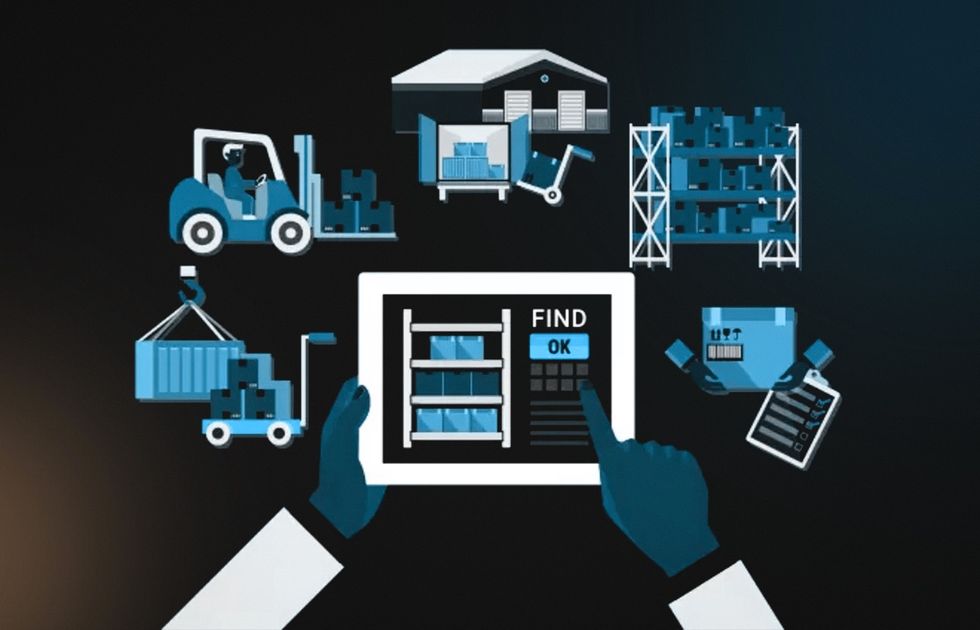Let’s be real: running a third-party logistics operation isn’t for the faint-hearted. You’re juggling multiple clients, each with their own inventory quirks, shipping rules, and expectations. And while spreadsheets and manual workarounds might have carried you for a while, you probably know—deep down—it’s not sustainable.
So here you are. Searching. Comparing. Double-checking. You’re probably asking:
“Do I really need a 3PL warehouse management system?”
Short answer? Yes. Longer answer? Keep reading.
First, Let’s Clear the Air: What Even Is a 3PL WMS?
If you’ve been using generic tools, you might think all warehouse management software is pretty much the same. But a 3PL WMS is a different kind of beast.
At its core, it’s built to support third-party logistics providers who store and ship products for multiple clients—not just one company. That means everything from client-specific inventory tracking to billing automation to integrations with ecommerce storefronts and shipping carriers.
Here’s the kicker: without a proper system in place, you’re constantly patching holes. That’s time lost. Money left on the table. And trust? Well, that starts to slip too.
Signs You’ve Outgrown Your Current Setup
If any of this sounds familiar, it’s probably time to make the switch:
You’re manually tracking services but not charging for all of them.
Inventory errors happen more often than you’re comfortable admitting.
Clients keep asking for updates… and you keep scrambling to provide them.
Integrations with platforms like Shopify or FedEx feel like pulling teeth.
Sound familiar? You’re not alone. These are the growing pains most 3PLs hit before they invest in proper infrastructure.
What You Actually Need From a 3PL WMS
At this stage, you’re not just window shopping. You’re preparing to make a serious investment. Let’s get specific about what matters—and what doesn’t.
1. True Multi-Client Management
You need clean separation between your clients. That means:
Separate inventory data
Individual billing profiles
Role-based access (so the wrong eyes don’t see the wrong numbers)
2. Automated Billing
If you’re still using spreadsheets to invoice clients, chances are you’re missing out on revenue. Look for features like:
Activity-based billing (storage, picks, pack-outs, etc.)
Custom rate cards per client
End-of-month summaries without the guesswork
3. Integrations That Work Without Fuss
Connecting to platforms like WooCommerce, Magento, or Amazon should feel simple—not like open-heart surgery. Choose something that plays nicely with the tools your clients already use.
4. Transparent Returns Handling
Returns are messy. A good system helps you:
Decide what gets restocked, scrapped, or repackaged
Communicate return statuses with clients in real-time
Track reasons and trends (because patterns matter)
5. Real-Time Dashboards
No more “I’ll get back to you.” Clients want answers now. A proper WMS lets them log in and see their stock levels, order statuses, and inbound shipments without blowing up your inbox.
So… What’s This Gonna Cost Me?
You’ve probably seen some WMS providers keep their pricing under wraps. That usually means it’s expensive—or complicated.
Here’s what to expect when figuring out your WMS cost:
Monthly License Fee: Typically based on users, orders, or number of clients
Setup Costs: Includes initial configuration, data imports, and (sometimes) hardware
Integration Fees: If you need to plug in specific systems, these can add up
Support & Training: Some offer it free, others charge by the hour
Custom Features: Anything unique to your workflows may require additional development
For a small-to-mid-sized 3PL, the price might land anywhere from $1,500 to $7,000 per month. Larger operators with high volume or multiple warehouses might spend well above that.
Here’s the thing: the real cost isn’t the monthly bill. It’s what you lose by continuing with inefficient systems—missed charges, manual errors, frustrated clients. That adds up faster than you think.
Hesitation Is Normal. Let’s Talk About It.
Look, switching systems can feel overwhelming. You’ve got data everywhere. Your team’s already stretched. And nobody wants to spend weeks learning something new just to keep doing what they were already doing.
But the transition doesn’t have to wreck your schedule or your sanity. A thoughtful rollout can include:
One-client-at-a-time onboarding
Shadow operations to test without disrupting the flow
Step-by-step training for warehouse staff and account managers
The goal isn’t to flip a switch overnight. It’s to gradually move from chaos to clarity.
Ask These Questions Before Signing Anything
By this point, you’ve probably narrowed your options down to a shortlist. Before you commit, ask each vendor:
How do you handle multi-client billing and inventory separation?
You want specifics. Vague answers = red flag.
Can I see a live demo using my business scenario?
Don’t settle for canned presentations. Push them to show how your processes will work in their system.
What does your support actually look like?
Some promise “24/7 support” and give you an FAQ page. Others walk you through the hard stuff.
What’s your onboarding plan?
You need a clear schedule, designated contacts, and a contingency plan if things go sideways.
So, Is It Worth It?
That’s the big question, right?
Here’s the honest truth: if you’re a growing 3PL, trying to manage your operations without a proper 3PL warehouse management system is like running a restaurant without a kitchen. You’ll keep sending orders out the door… but chaos will rule the back end.
The right WMS won’t just clean things up. It helps you win and keep bigger clients, run a tighter ship, and sleep better knowing the wheels are turning—even when you’re not watching.
Final Thought
If you’ve made it this far, you’re probably ready. You don’t need more blog posts. You need to see how this works—for your warehouse, your clients, your numbers.
Request a personalized walkthrough. Bring your questions. Challenge the system. And watch how much smoother things can run when the right tools are finally in place.


